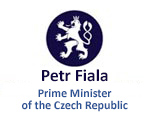SIGHTSEEING TOURS
If you are interested in any sightseeing tour, you can book it here
BOOK A TOURSelect structures by ancient engineers in the locality of the Czech Republic, chronologically presented in the architectonic style.
Gothic constructions of the Charles IV government
The monarch himself mentions the overall disruption in the neglected Czech Kingdom in the autobiography of Vita Caroli, when he arrived in Prague in 1333 after many yearsPrague Castle
Following the example of the royal residence in Paris, Charles IV commissioned a new palace building on the site of an old residence that burned down (probably in 1303). The new palace was an extension of the Romanesque palace of Soběslav I. With an area of approximately 7.2 ha, Prague Castle is currently considered one of the largest castle complexes in the world. In 1370, Charles IV as a sign of majesty, covered both castle towers, east, and west, with heavily gilded lead plates to symbolically reflect the rays of the sun in both directions.Prague Castle, View from The Vltava River Side
For the sake of completeness, it is necessary to mention in connection with the fortification of Prague and Prague Castle, a wall, still preserved today, that was left by Charles IV and built in the direction from the Jelení ditch through Petřín down to Újezd and was essentially in response to the great crop failure and plague that hit Bohemia in 1348. The king and the archbishop then had seven thousand cornflowers distributed the city of Prague and allowed the poorest in society to earn money by building the wall. Therefore, the wall was also called the Hunger Wall, and this name remains to this day, as a reminder of the so called ‘The Medieval Monarch of the Economic Stimulus Subsidy’.
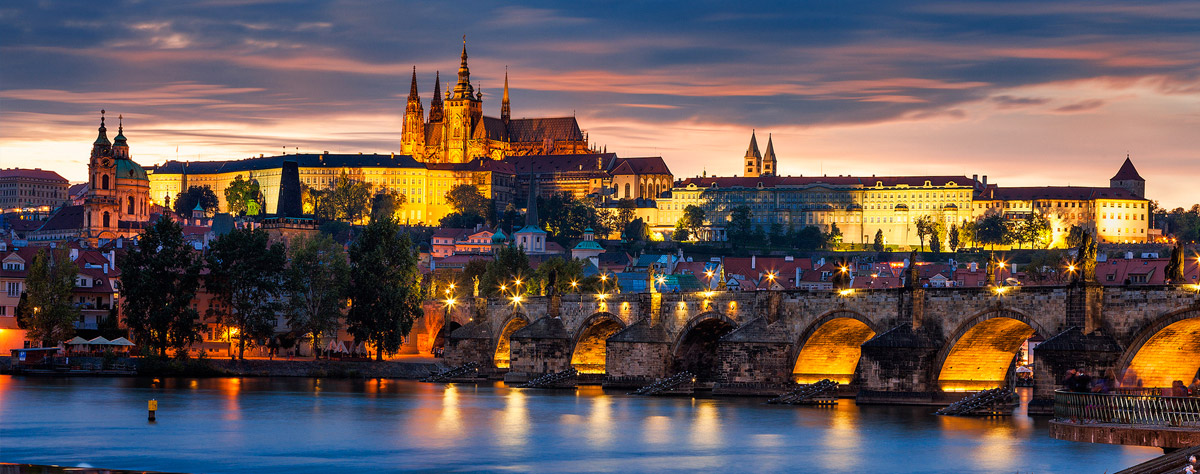
The Metropolitan Cathedral of Saints Vitus, Wenceslaus, and Adalbert
Just as important as the fortifications, were buildings of a sacred nature, whether they were churches or monasteries, which also served as cultural centers in addition to providing a spiritual service. The new construction of the Prague Castle related to the construction of the generously designed cathedral of St. Vitus, Wenceslas, and Adalbert. Charles invited Avignon Master Matyáš of Arras (Artois) to take charge of the design and who eventually took over the construction in 1344 and continued development (according to plans), which were based on the concept of southern French cathedrals, such as those in Narbonne or Rodez).After Matyáš's death in 1352, Petr Parléř of Gmünd, a master stonemason and architect who was only twenty-three years old at the time, took over the management of the building, and earned the reputation as the most talented representative of the Swabian family of builders Parléř. This designer, who was a representative of the characteristic Gothic style, in the spirit of which he continued to build the cathedral, worked in Prague until he died in 1399.
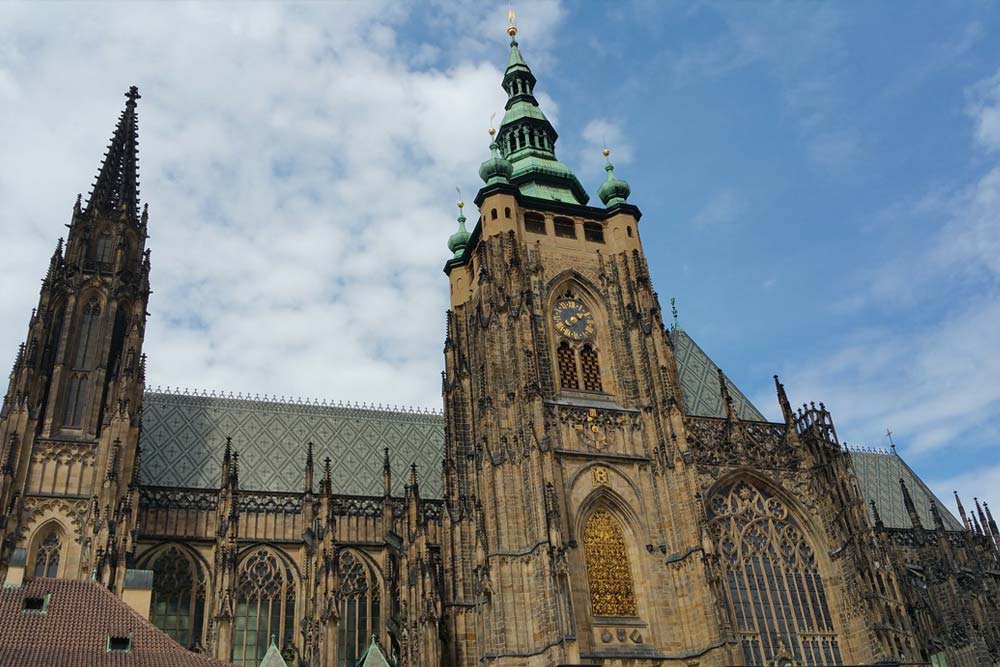
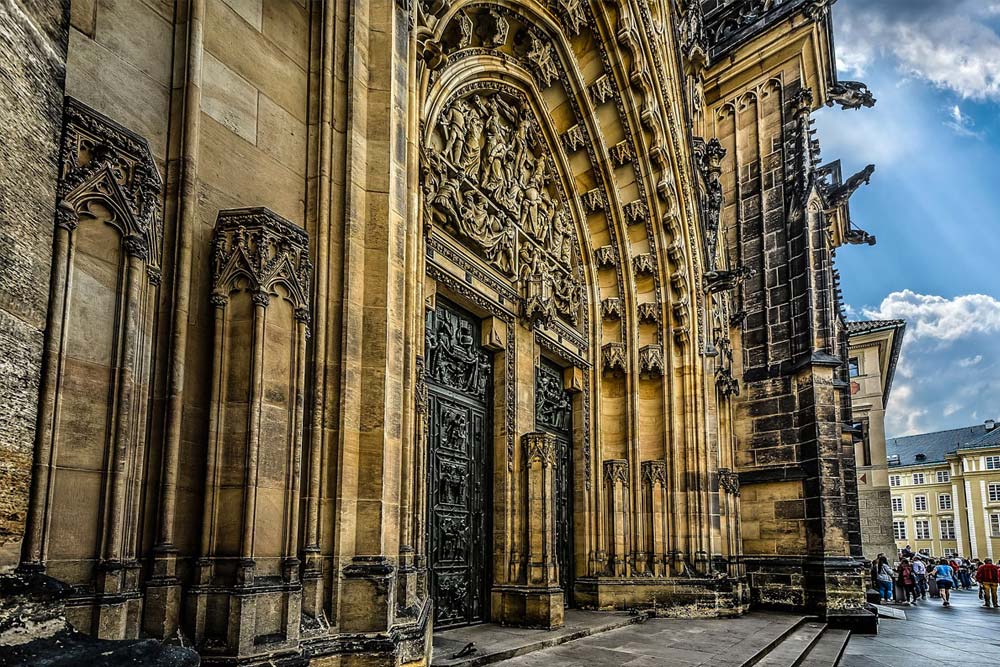
Karlštejn Castle (Czech: hrad Karlštejn; German: Burg Karlstein)
To strengthen the royal power over the dominion, Charles IV, Holy Roman Emperor-elect and King of Bohemia continued in the spirit of King Otakar II, who for the same reason founded royal cities, to supplement the royal castles and monasteries with the royal foundation. The most important castle, whose construction was exceptional in many ways, was Karlštejn, built in the years 1348-1365, designed as an impregnable fortress to protect imperial insignia, sacraments, and relics of saints from all over the empire. The castle, intended as its symbolic center, combined the best defensive elements with perfect decoration and comfort that the time period offered.In addition to the construction of the cathedral, Parléř's smelter also took part in other constructions - In 1357, Parléř began construction of a stone bridge over the Vltava, built another important building of the time of Charles IV, the Old Town Bridge Tower, including its decoration, and built the Church of All Saints at Prague Castle. Outside Prague, he began construction of the Church of St. Barbara in Kutná Hora.
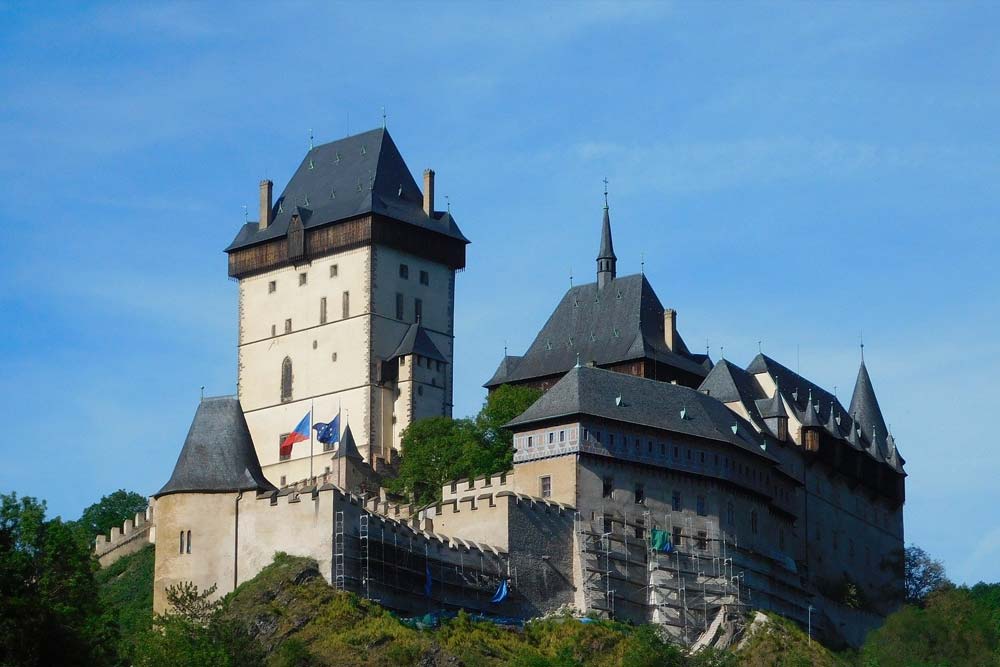
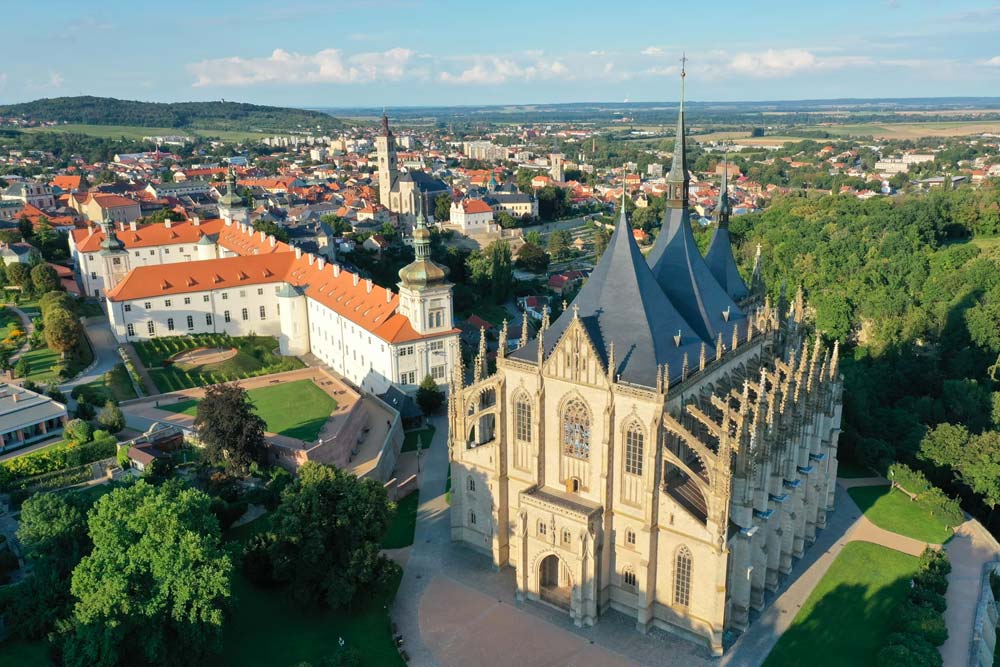
Charles University
Charles University established - for the decoration and size of the Czech Kingdom - as the first university in Central Europe. Thus, Charles completed the efforts of his grandfather, King Wenceslas II, who was prevented from founding the university for fear of strengthening the influence of the clergy in the kingdom.An example of a significant Renaissance building not so far from Prague
Litomyšl with the Renaissance chateau from the second half of the 16th century is an important example of an arcade chateau of the Italian type. Despite interior modifications, especially at the end of the 18th century, it still retains an almost intact Renaissance appearance, including the unique sgraffito decoration of the facades and gables. Many farm buildings and a chateau garden have also been preserved. In its uniquely preserved integrity, it is a perfect example of artistically valuable architecture. It is a great example of a Central European aristocratic residence from the Renaissance period, which has retained its uniqueness even after subsequent transformations in the style of new artistic directions.Český Krumlov is recorded on the UNESCO list as the best-preserved medieval town in the whole of central Europe. Above the meanders of the Vltava River, a unique set of urban developments developed, especially from the 16th century, together with an extensive castle and chateau complex, which is the second-largest chateau complex in the Czech Republic after Prague Castle.
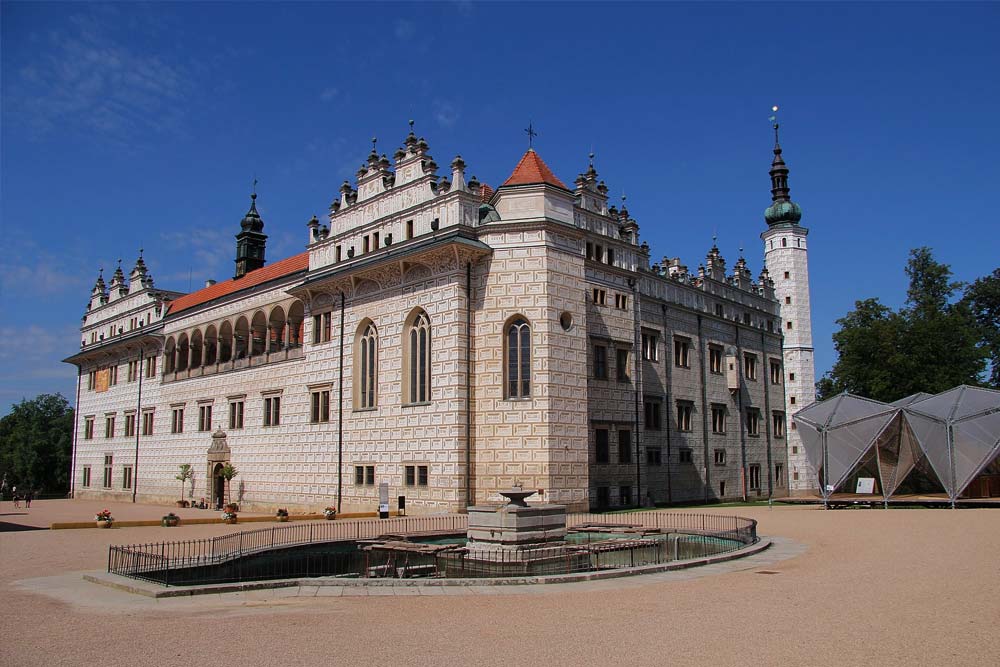
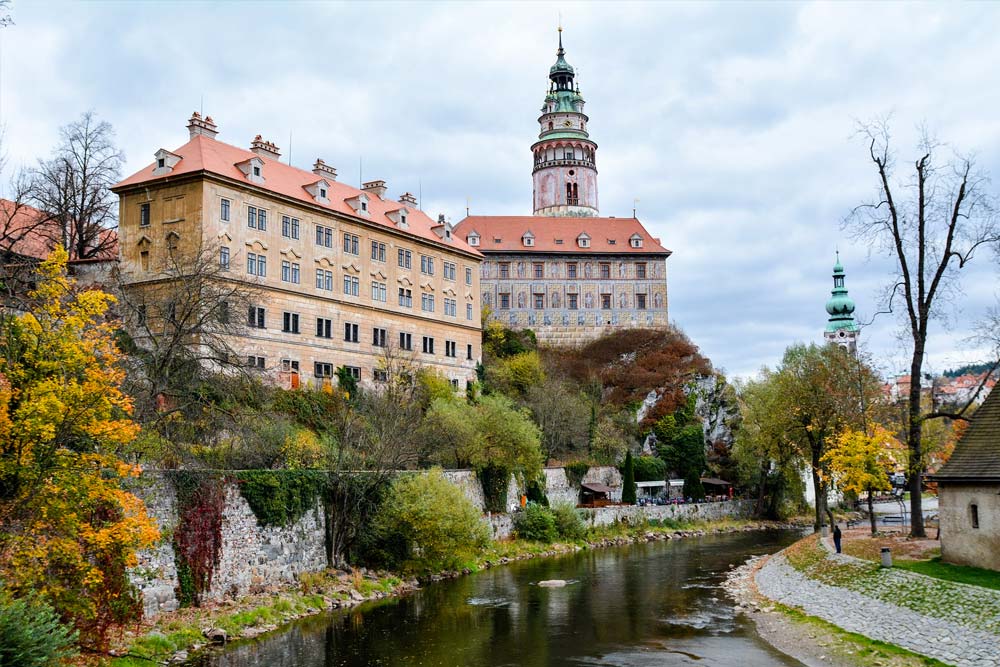
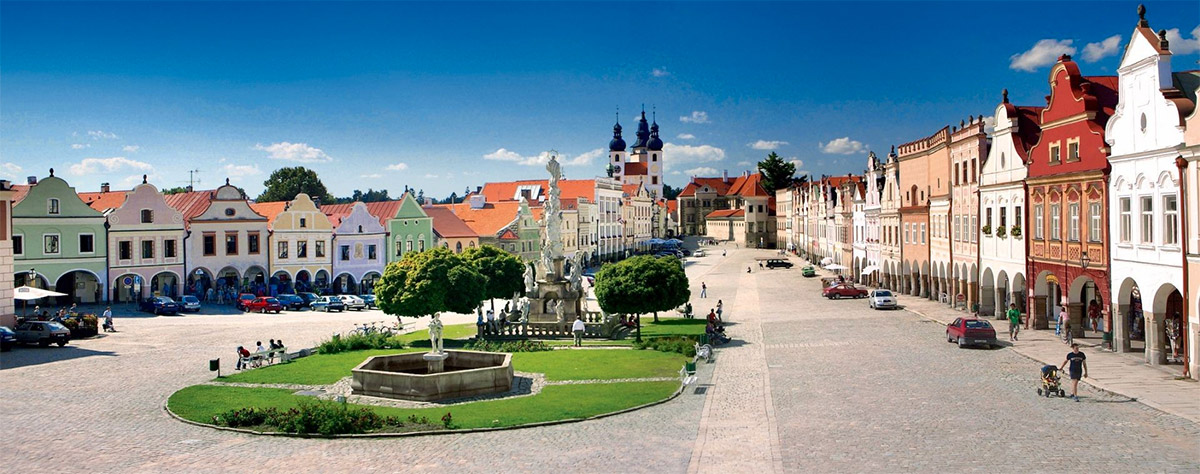
Baroque building treasures within the Czech Republic
Czech Baroque has its roots in Baroque art in Italy and Spain. In Bohemia, the Baroque was enriched by domestic artists and craftsmen with new elements - adaptation to the Czech environment, which created a distinctive architectural direction. Culture in the Czech lands was influenced by the situation after the Battle of White Mountain, which in November 1620 unleashed a 30-year conflict in which European countries intervened. Among the largest clients of the construction of Baroque works (buildings, paintings, statues, etc.) were the Roman Catholic Church, the aristocracy, and the monarch.The first buildings from the Baroque period (Matthias Gate, Church of Our Lady Victorious) appear in parallel with Renaissance and even Gothic forms. After the White Mountain battle era, Baroque is gaining ground, and the Wallenstein Palace represents a certain transitional phase.
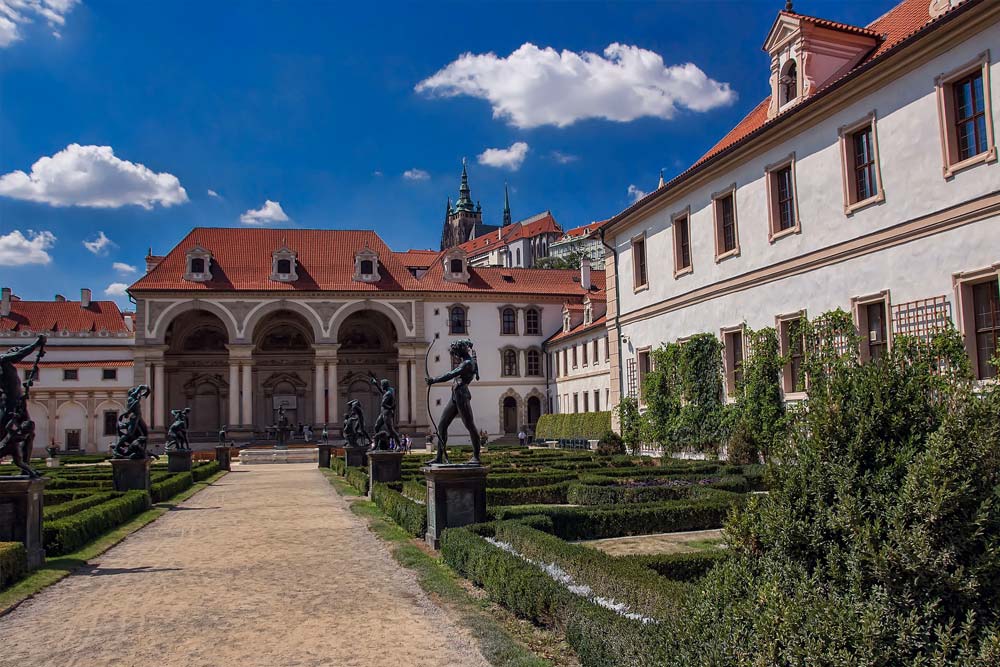
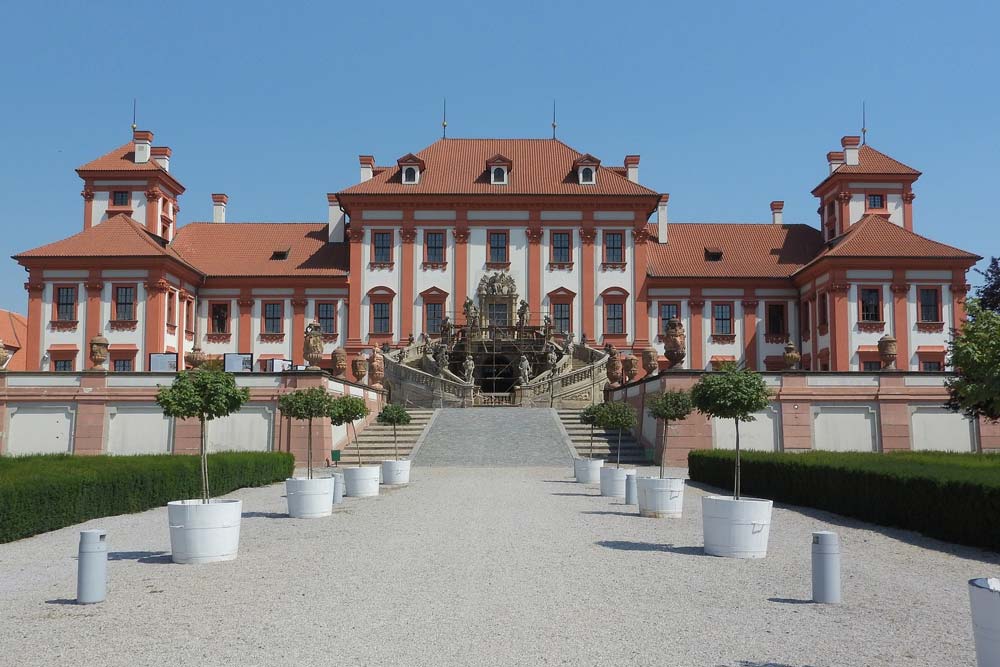
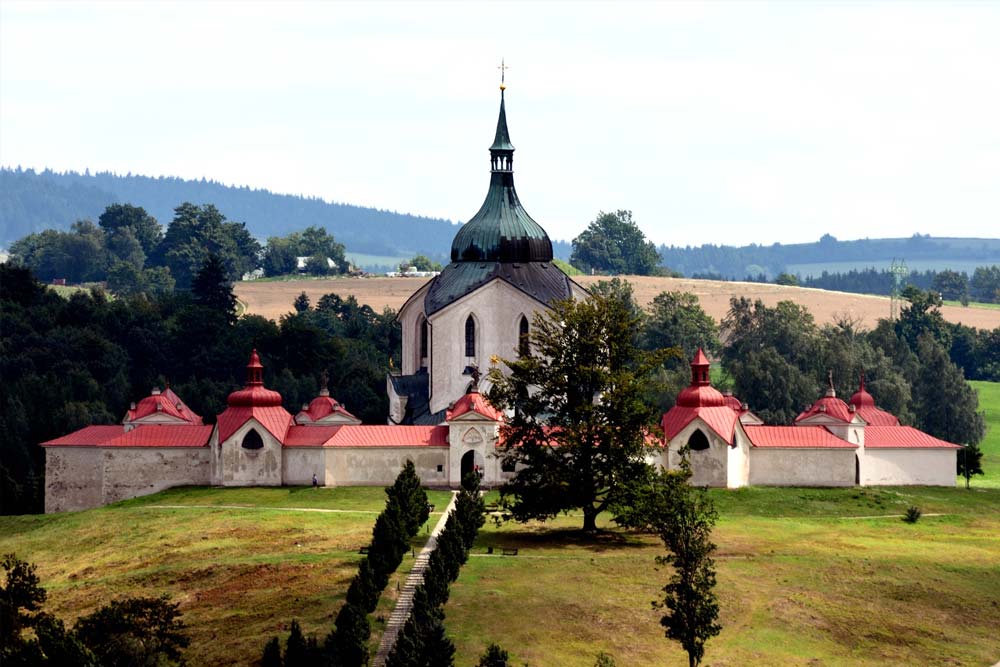
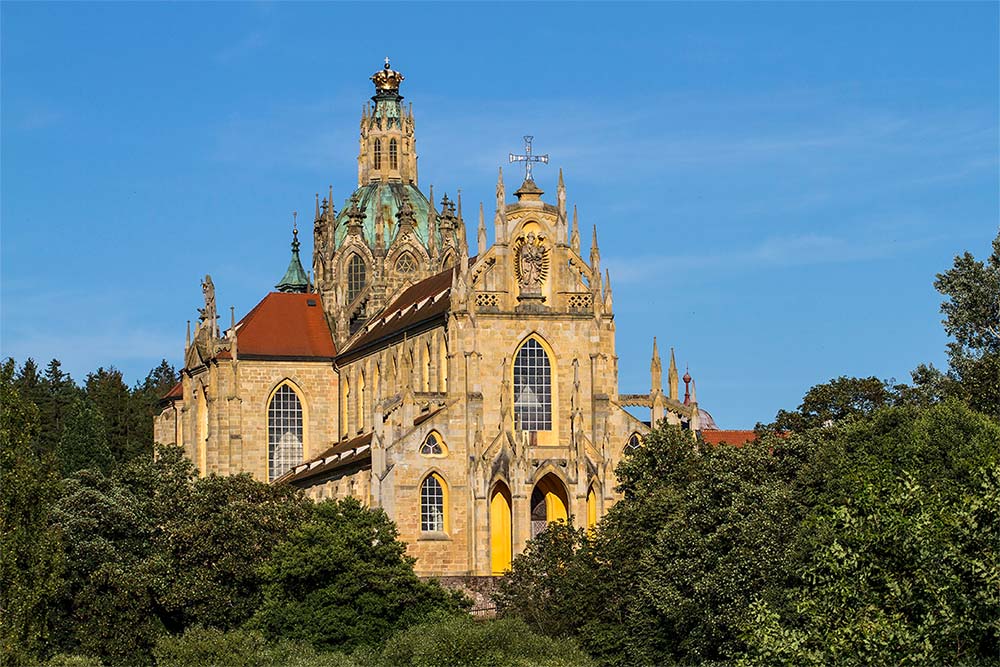
Interesting Websites
Virtual Tours from the Prague´s TowersPrague Unkonwn
Czech Tourism
Prague Official Site



